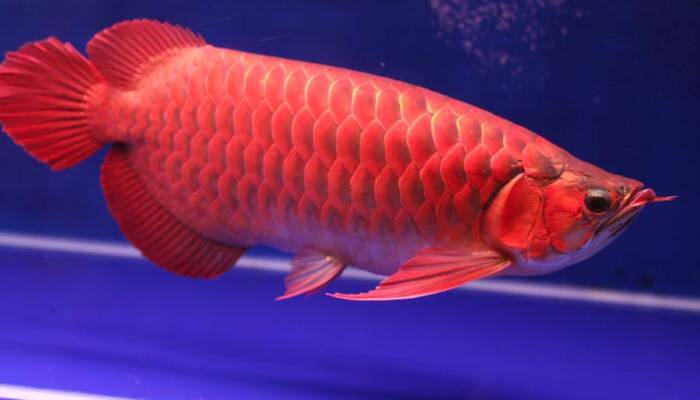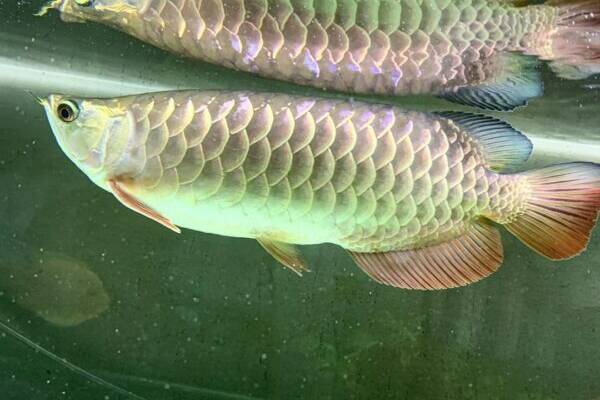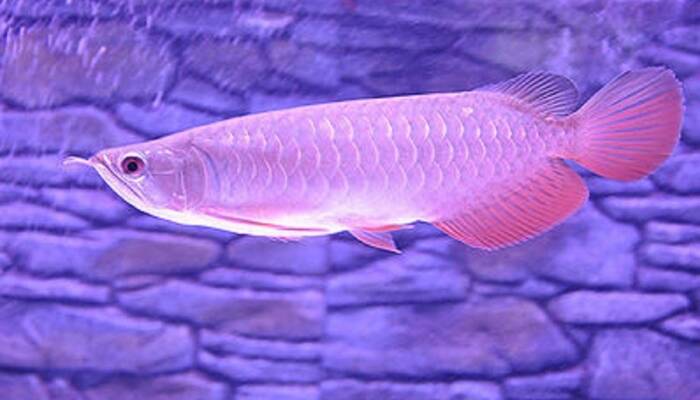Description
Chili Red Arowana for Sale: The Crown Jewel of Your Aquarium
Are you looking to add a touch of elegance and exotic beauty to your Aquarium for sale? Look no further than the Chili Red Arowana, one of the most sought-after freshwater fish in the world. At Ranch of Exotic Breed, we are proud to offer premium-quality Chili Red Arowana for sale, carefully bred and raised to ensure they thrive in your home aquarium.
The Chili-Red Arowana, also known as the Super Red Arowana, is a magnificent fish that captivates aquarists with its vibrant red scales, graceful movements, and symbolic significance. Originating from Southeast Asia, this fish is not only a stunning addition to any aquarium but also a symbol of prosperity and good fortune in many cultures.
Why Choose Chili Red Arowana?
Stunning Appearance: The Chili-Red Arowana is renowned for its deep red coloration, which intensifies as the fish matures. Its shimmering scales and elongated body make it a true showstopper.
Symbol of Luck: In Feng Shui and Asian cultures, the Arowana is believed to bring good luck, wealth, and positive energy to its owner.
Long Lifespan: With proper care, Chili-Red Arowanas can live up to 20 years or more, making them a long-term companion for dedicated aquarists.
Unique Personality: These fish are known for their intelligence and interactive behavior, often recognizing their owners and responding to their presence.
The Chili-Red Arowana is a premium exotic fish known for its vibrant red scales and graceful presence. Perfect for experienced aquarists, this fish symbolizes prosperity and adds a touch of elegance to any aquarium. At Ranch of Exotic Breed, we offer healthy, high-quality Chili-Red Arowanas, bred under optimal conditions. Elevate your aquarium with this stunning and symbolic fish today!
Caring for Your Chili Red Arowana
Owning a Chili-Red Arowana is a rewarding experience, but it requires proper care and attention. Here are some essential tips to ensure your Arowana thrives:
Tank Requirements:
Arowanas need a spacious tank due to their large size. A minimum of 250 gallons is recommended for adult Arowanas.
Ensure the tank has a secure lid, as Arowanas are known to jump.
Maintain a water temperature of 75-86°F and a pH level of 6.0-7.5.
Diet:
Chili-Red Arowanas are carnivorous and thrive on a diet of live or frozen foods such as shrimp, crickets, small fish, and worms.
Supplement their diet with high-quality pellets to ensure balanced nutrition.
Tank Mates:
Arowanas are best kept alone or with larger, non-aggressive fish. Avoid small fish that may be seen as prey.
Water Quality:
Regularly test and maintain water quality to prevent diseases. Perform weekly water changes of 20-30%.
Lighting:
Use subdued lighting to enhance the Arowana’s coloration and reduce stress.
Frequently Asked Questions (FAQ)
1. How big do Chili Red Arowanas grow?
Chili-Red Arowanas can grow up to 36 inches in length, depending on their environment and care.
2. Are Chili Red Arowanas aggressive?
While they are generally peaceful, Arowanas can be territorial. It’s best to keep them alone or with compatible tank mates.
3. How much does a Chili Red Arowana cost?
The price of a Chili-Red Arowana varies depending on its size, coloration, and lineage. At Ranch of Exotic Breed, we offer competitive pricing for our premium-quality Arowanas.
4. Can beginners care for a Chili Red Arowana?
Arowanas require experienced care due to their specific needs. Beginners should research thoroughly or consult with experts before purchasing.
5. Do Chili Red Arowanas require special permits?
In some countries, Arowanas are protected species, and owning them may require permits. Check your local regulations before purchasing.
6. How can I enhance the red coloration of my Arowana?
A balanced diet rich in carotenoids, proper lighting, and optimal water conditions can help enhance the red coloration of your Arowana.
7. What is the lifespan of a Chili Red Arowana?
With proper care, Chili Red Arowanas can live for 20 years or more.
8. Do you ship Chili Red Arowanas?
Yes, we offer safe and secure shipping options to ensure your Arowana arrives healthy and stress-free.
Why Buy from Ranch of Exotic Breed?
At Ranch of Exotic Breed, we are passionate about providing our customers with the highest quality exotic fish. Here’s why you should choose us:
Healthy and Well-Bred Fish: Our Chili Red Arowanas are bred under optimal conditions to ensure they are healthy and vibrant.
Expert Guidance: Our team is always available to provide advice and support for your Arowana’s care.
Secure Shipping: We use specialized packaging and shipping methods to ensure your fish arrives safely.
Customer Satisfaction: Your satisfaction is our priority. We strive to deliver an exceptional experience from purchase to post-purchase support.
Elevate Your Aquarium with an Arowana for sale
The Chili Red Arowana is more than just a fish; it’s a symbol of beauty, prosperity, and elegance. Whether you’re an experienced aquarist or a passionate collector, this exotic fish is a prized addition to any aquarium. At Ranch of Exotic Breed, we are committed to helping you find the perfect Arowana fish for sale to suit your needs.
Shop now (Buy arowana fish) and bring home the crown jewel of freshwater fish. For inquiries or to place an order, contact us today!






Reviews
There are no reviews yet.